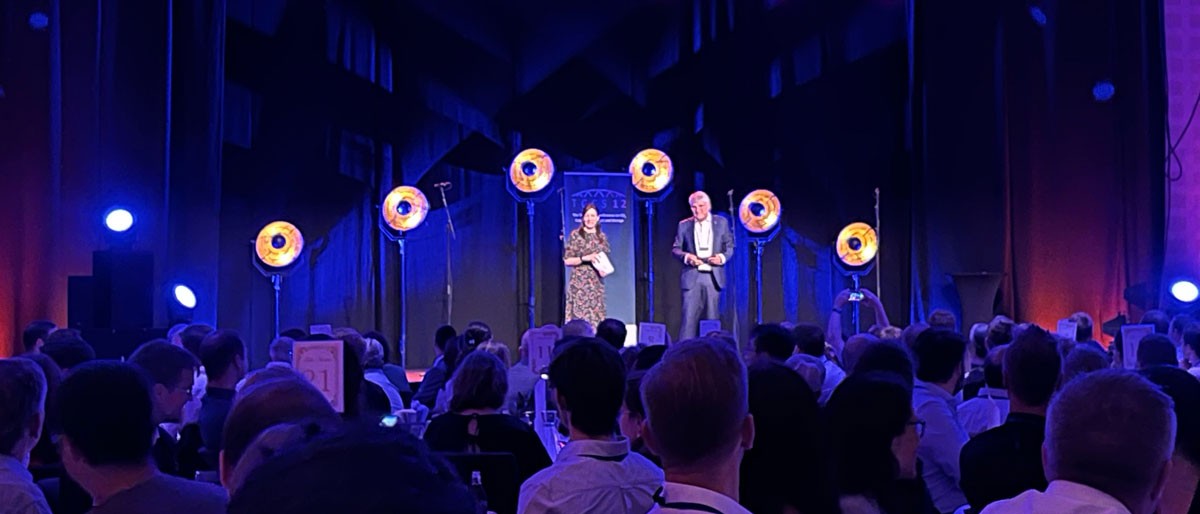TCCS-12 took place from 20-21 June 2023, was excellently organised and a great success. The conference was opened by Nils Røkke (SINTEF), who presented the stats of this year's edition of the conference series: 10 keynotes, 118 presentations organised in 6 parallel session streams, 158 posters and 606 participants, up from 300 – 400 participa...



